UNIT 2.2
INFLATION AND BUSINESS CYCLE
INFLATION
MEANING:
The term inflation refers to increase in general price level over time. Inflation can be defined as “A persistent increase in general price level is called inflation” The most common definition of inflation is “A situation in which too much money chasses too few goods”
WHY IS INFLATION A PROBLEM OR EFFECTS OF INFLATION?
Before considering the benefits of a stable price level, with little or no inflation, it is useful to draw a distinction between inflation which can be perfectly anticipated by everyone and inflation which is unexpected. If inflation is perfectly predicted in advance by everyone, it need not in theory have any significant effects. All transactions would effectively be 'indexed' by the perfectly known rate of inflation and nothing 'real' need be affected. However, perfect knowledge is not in practice available, and inflation has a number of undesirable consequences, as identified below.
(1) Redistribution of income and wealth.
Inflation leads to a redistribution of income and wealth in ways which may be undesirable. Redistribution of wealth might take place from creditors to debtors. This is because debts lose 'real'' value with inflation. For example, if you owed Rs. 1,000, and prices then doubled, you would still owe Rs.1,000, but the real value of your debt would have been halved.
In general, in times of inflation those with economic power tend to gain at the expense of the weak, particularly those on fixed incomes.
(2) Balance of payments effects.
If a country has a higher rate of inflation than its major trading partners, its exports will become relatively expensive and imports relatively cheap. As a result, the balance of trade will suffer, affecting employment in exporting industries and in industries producing import-substitutes.
(3) Uncertainty of the value of money and prices.
If the rate of inflation is imperfectly anticipated, no one has certain knowledge of the true rate of inflation. As a result, no one has certain knowledge of the value of money or of the real meaning of prices. If the rate of inflation becomes excessive, and there is 'hyperinflation', this problem becomes so exaggerated that money becomes worthless, so that people are unwilling to use it and are forced to resort to barter. In less extreme circumstances, the results are less dramatic, but the same problem exists. As prices convey less information, the process of resource allocation is less efficient and rational decision-making is almost impossible.
(4) Resource costs of changing prices.
A fourth reason to aim for stable prices is the resource cost of frequently changing prices. In times of high inflation substantial labour time is spent on planning and implementing price changes. Customers may also have to spend more time making price comparisons if they seek to buy from the lowest cost source.
(5) Economic growth and investment
It is sometimes claimed that inflation is harmful to a country's economic growth and level of investment. Although the adverse influence of inflation on economic growth and investment appears small, some causal effect would appear to exist, which could affect a country's standard of living fairly significantly over the long term.
CAUSES OF INFLATION
There are number of causes of inflation in a country. Some of the important causes are
(1) Demand pull Factors Or Demand Pull inflation
When aggregate demand exceeds aggregate supply at full employment level, the result is inflation. This type of inflation is usually experienced during the periods of prosperity.
(2) Cost push factors or Cost push inflation
When cost of production increases due to any reason, the prices of output also increase causing inflation in the economy. Such inflation is known as cost push inflation. Increased prices of energy resources, new taxes and increase in wage rate are some reasons for cost push inflation.
(3) Imported inflation
When there is inflation in a country from where most of the imports come, then increased prices of these imported items cause inflation in the economy. This is known as imported inflation.
(4) Devaluation
Devaluation refers to official decrease in the value of local currency in terms of other countries. Devaluation causes the prices of imported items to rise. This increase in prices is due to devaluation therefore is called imported inflation
(5) Increase in the supply of money
When supply of money increases in an economy it causes the value of money to decrease and general price level to rise.
(6) Mixed Inflation
Sometime cost of production is increasing along with increasing aggregate demand. As a result of these two reasons prices are increasing in economy. Such an inflation which is due to demand pull and cost push reasons it is known as mixed inflation.
(7) Increase in Population
Increase in population is a source of inflation. Rapid increase in population creates excess demand in economy and when population of a country increases but the out put of the country does not increase to meet the increased demand, it results in inflation.
MEASURES TO CONTROL INFLATION
Following Measures may help to control inflation in a country.
(1) Fiscal Measures
(2) Monetary Measures
(3) Administrative Measures
(4) Population Control
(5) Self sufficiency
(6) Structural reforms
(7) Income Policy
(8) Price policy
BUSINESS CYCLES OR TRADE CYCLES
Business cycle may be defined as ups and downs in economic activities in an economy.
Or it is the continual sequence of rapid growth in national income, followed by a slow-down in growth and then a fall in national income. After the recession comes growth again, and when this has reached a peak, the cycle turns into recession once more.
Following are the four main phases of the business cycle
(a) Depression
It is characterized as Heavy unemployment - Low consumer demand, Over-capacity (unused capacity) in production, falling prices, low business profits confidence in the future is also low
(b) Recovery
Usually recovery is distinguished as, Investment picks up, Employment rises, Consumer spending rises Profits rise, Business confidence grows, Prices stable, or slowly rising.
(c) Boom
Consumer spending rising fast, Output capacity reached, labour shortages occur,
Output can only be increased by new labour-saving, investment, Increases in demand now stimulate price rises Business profits high.
(d) Recession
Consumption falls off, investments suddenly become unprofitable and new investment falls, Production falls, Employment falls and Profits fall. Some businesses fail, Recession can turn into severe depression
Recession tends to occur quickly, while recovery is typically a slower process.
A business cycle can be explained with the help of following figure.
| In figure the highest point of national income is prosperity and after prosperity the phase of recession starts in. In the recession phase, consumer demand falls and many investment projects already undertaken begin to look unprofitable. Orders will be cut, stock levels will be reduced and business failures will occur as firms find themselves unable to sell their goods. |
|
Production and employment will fall. This will lead to a fall in income and expenditure and, as the aggregate level of demand falls, an increasing number of firms will face financial difficulties. The general price level will begin to fall. Business and consumer confidence are diminished and investment remains low, while the economic outlook appears to be poor. Eventually, in the absence of any stimulus to aggregate demand, a period of full depression sets in.
Recession can begin relatively quickly because of the speed with which the effects of declining demand will be felt by businesses suffering a loss in sales revenue. The 'knock-on' effects of destocking and cutting back on investment exacerbate the situation and add momentum to the recession. Recovery can be slow to begin because of the effect of recession on levels of confidence. It can take some time for confidence to return, and initial moves towards expansion of activity are likely to be tentative.
After Depression in the economy, there starts recovery phase of the cycle. Once begun, the phase of recovery is likely to quicken as confidence returns. Output, employment and income will all begin to rise. Rising production, sales and profit levels will lead to optimistic business expectations, and new investment will be more readily undertaken. The rising level of demand can be met through increased production by bringing existing capacity into use and by hiring unemployed labour. The average price level will remain constant or begin to rise slowly.
In the recovery phase, decisions to purchase new materials and machinery may lead to benefits in efficiency from the fact that it will be possible to take advantage of new technology. This can enhance the relative rate of economic growth in the recovery phase once it is under way.
During the prosperity, capacity and labour will become fully utilized. This may cause bottlenecks in some industries which are unable to meet increases in demand, for example because they have no spare capacity or they lack certain categories of skilled labour, or they face shortages of key material inputs. Further rises in demand will, therefore, tend to be met by increases in prices rather than by increases in production. In general, business will be profitable, with few firms facing losses. Expectations of the future may be very optimistic and the level of investment expenditure high. The intensity of the rise in the level of economic activity may be increased by speculation, or simply by over-optimism. This can lead to inflationary periods.
It can be argued that wide fluctuations in levels of economic activity are damaging to the overall economic well-being of society. The inflation and speculation which accompanies prosperity periods may be inequitable in their impact on different sections of the population, while the bottom of the trade cycle may bring high unemployment. Governments generally seek to stabilize the economic system, trying to avoid the distortions of a widely fluctuating trade cycle.

